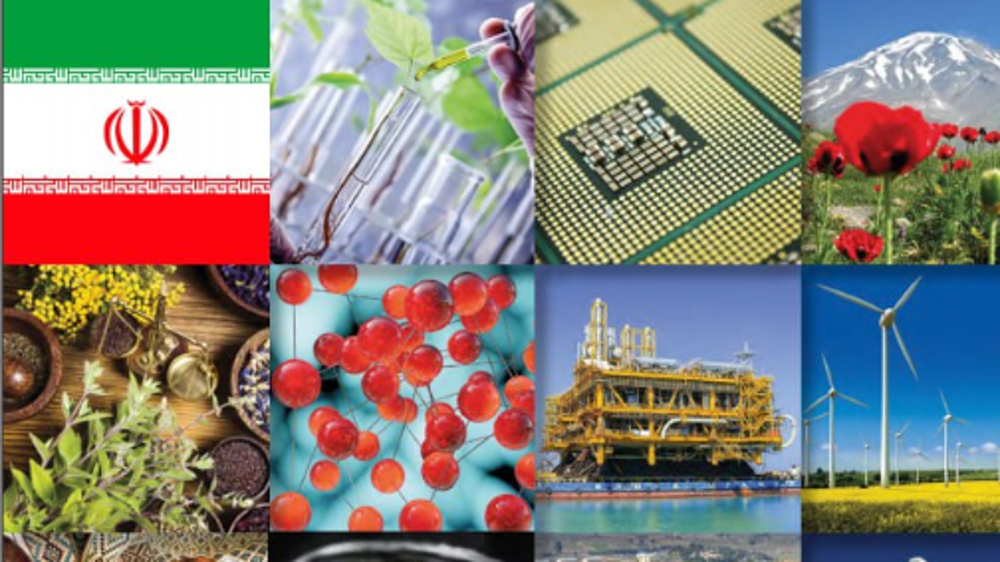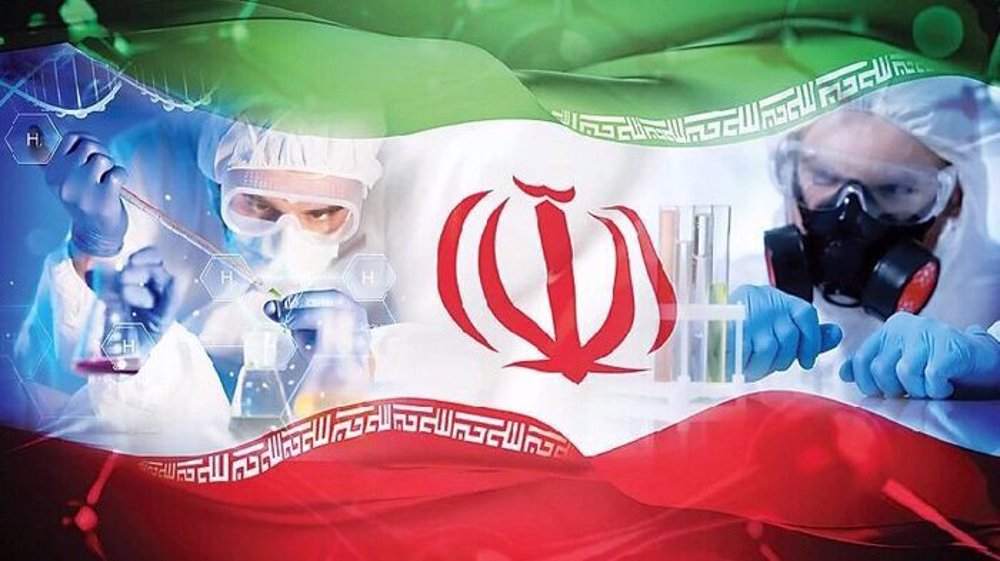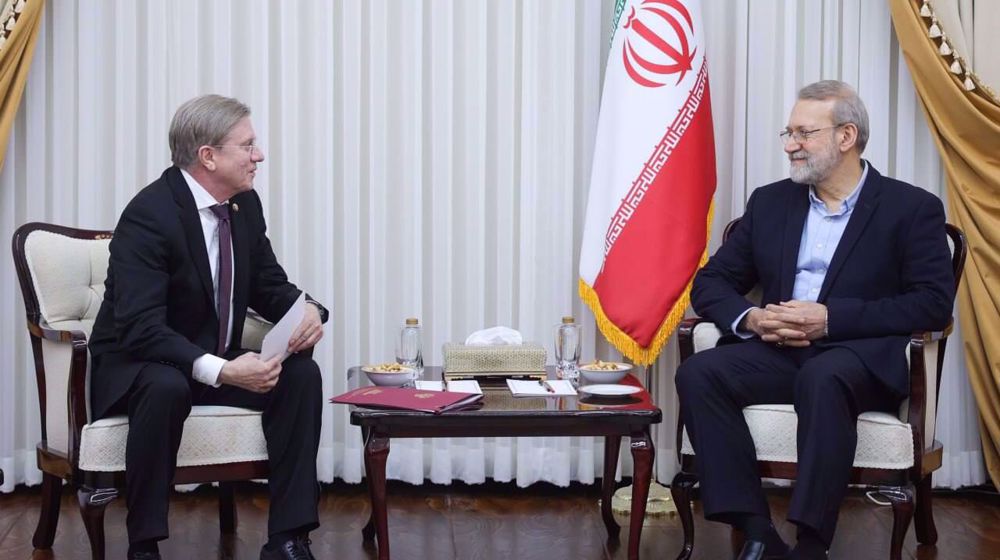Iran’s science and technology advances at a glance
Iran has been striving to produce knowledge by taking advantage of its vast assets for many years and has made great achievements in this regard.
More than four decades since the Islamic Revolution, significant advances have been made in science, technology and research, and many peaks of honor, which were previously the monopoly of a few advanced countries, have been conquered by the elite Iranian youth.
The countries that have advanced in science and technology try to have it exclusively in their possession, and prevent independent nations from standing on their own feet.
Many of the developments in the West today have their origins in other countries where various disciplines of knowledge existed but were neglected under incompetent rulers.
The profound influence of the Islamic Golden Age on the technological advancements in Medieval Europe is beyond any doubt. Various technological innovations, such as advancements in mathematics, astronomy, engineering, and medicine, originated from the Islamic world and were instrumental in European technological progress.
The innovations and knowledge from the Islamic world, particularly between the 8th and 14th centuries, were transferred to and assimilated within European societies, thereby playing a pivotal role in shaping the technological landscape of Europe.
Findings in the West itself have highlighted specific instances of knowledge transfer, such as through the translation movement in Al-Andalus and the Crusades, which introduced Europe to a wealth of Islamic scholarly works and inventions.
The West today argues that the scientific, technological and intellectual knowledge it has achieved is the result of its efforts. But the monopoly is fading out as countries focus more on research and design, having realized that the future of humanity lies in technology.
Many Asian countries are investing heavily in biotechnology, materials science, and semiconductors as well as cutting-edge technologies like quantum computing, artificial intelligence, and space exploration.
After the Islamic Revolution of 1979, Iran opted to follow the path of progress with its internal ability in the face of economic and scientific sanctions.
According to Science-Metrix, a data-analysis company in Montreal, Canada, scientific output grew 11 times faster in Iran than the world average, faster than any other country, in 2010.
A survey of the number of scientific publications listed in the Web of Science database showed that growth in West Asia – mostly in Turkey and Iran – was nearly four times faster than the world average.
Eric Archambault, the author of the detailed report on “geopolitical shifts in knowledge creation” since 1980, noted that Iran’s publications had emphasized inorganic and nuclear chemistry, nuclear and particle physics and nuclear engineering. Publications in nuclear engineering grew 250 times faster than the world average – although medical and agricultural research also increased.
Before the Islamic Revolution, there was no significant indigenous technology in Iran, apart from some handicrafts and other traditional industries. Iranian technicians were mostly mere operators of foreign equipment.
Almost all advances in indigenous technology relate to the period after the revolution. In recent years, Iran has witnessed numerous scientific and technological achievements in such fields as nuclear, nano, biotechnology, rocketry, stem cells, aerospace, recombinant drugs, and medicine.
Iran's forays into new scientific territories such as lasers, microelectronics, robotics, hardware development and construction of supercomputers, software development and extensive use of computer science are among its other achievements.
Science and research have a long tradition in Iran, but for many years the country was kept in the throes of colonial and imperial powers which smothered any hope of progress and glory and nipped any intellectual movement in the bud.
With the Islamic Revolution, the necessary ground was created for the country's youth to move forward. The national drive to bridge the scientific and technological gap with developed countries is an issue that Leader of the Islamic Revolution Ayatollah Seyyed Ali Khamenei has always emphasized.
The advances achieved by Iranian scientists and scientific centers during the past four decades are so important and valuable that they cannot be compared to any other historical period.
Scientific advances and the Islamic Republic's acquisition of some new technologies in recent years have been such that they have greatly worried the West, leading to intensified pressures and sanctions under various pretexts in order to check them.
The aim of the hegemonic powers in sanctioning certain nations is in fact to prevent their progress and choke any economic, scientific, technological and other areas of growth.
If the status of countries in the world is improved, the technological and scientific monopoly that exists mostly in Western countries will be broken and dependence on them will diminish.
It is not an exaggeration to say that the hostilities of the US and the West with Iran are to arrest the progress that has been achieved during the last four decades.
Advocacy group DAWN launches website exposing 'Faces of AIPAC'
US ambassador meets Palestinian official in Ramallah: Report
UAE exposed as secret buyer in huge arms deal with Israel: Report
Trump, Netanyahu planned war on Iran since February: Report
Iran condemns US hypocrisy, citing aggression, sanctions, restrictions
VIDEO | Pakistan, Russia explore potential oil cooperation amid global sanctions
VIDEO | Bethlehem’s Christmas returns: A message of peace from the birthplace of Christianity
VIDEO | Press TV's news headlines











 This makes it easy to access the Press TV website
This makes it easy to access the Press TV website